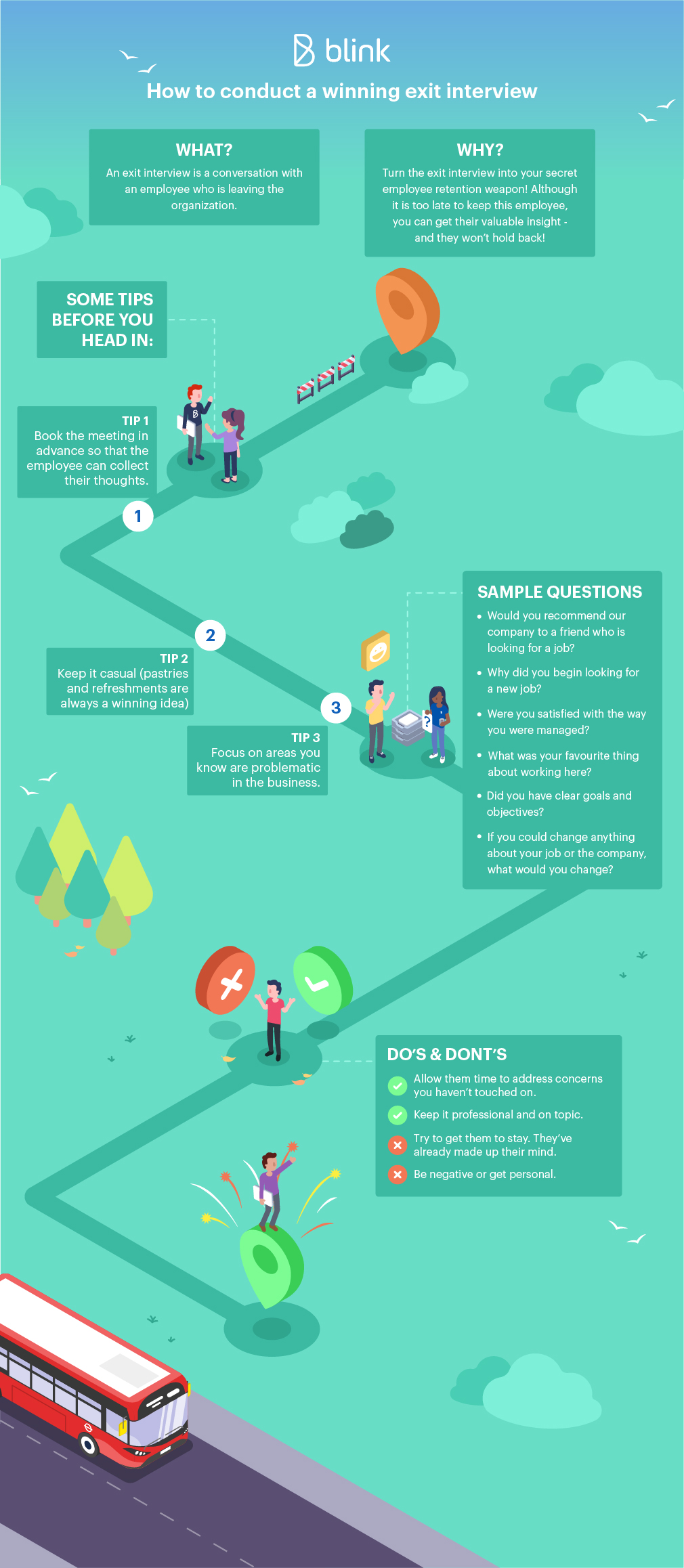Are your employees leaving in droves? Are you experiencing a high turnover rate? Then it’s time to take a look at your employee retention strategies.
25 odd years ago, when I joined my first job, things were very different!
And that’s an understatement.
Back then, when I was formally introduced to my co-workers, I was amazed and awestruck. All were well entrenched in their roles, some for more than 25 or 30 years. My mind was boggled at the thought of one’s entire adult life dedicated to this one workplace. The office was almost another home to them.
Cut to the present!! It’s simply not enough to dangle a hefty pay package. Today’s employee is smart and he knows what he wants. It helps if the employer is smarter and knows how to hire and retain him. Enter the three Rs of the best employee retention strategies- Respect, Recognition, and Rewards.
10 Employee Retention Strategies Every Manager Nees

1. Hire the Right People
Easier said than done! Shortlisting candidates can be an arduous task. All promising resumes need not turn out right. Recruiters should form a list of “must-have” skills and attributes that a candidate must possess to succeed in the role. Often, you may need to move away from the standard expected questions and ask about their strengths, weaknesses, and the resulting effects on their work – what made them apply for the job, where would they find themselves in a few years’ time. For roles that require specific skills, a quick on-the-spot “test” can ensure that candidates are appropriately capable and qualified to progress.
Once a decision has been made, offer the candidate a position immediately. This limits the possibility of them taking up a job elsewhere since it is very likely that they have more offers should they prove themselves to be an exceptional candidate.
“You can buy a man’s time, you can buy his physical presence at a certain place, you can even buy a measured number of skilled muscular motions per hour or day. But you cannot buy enthusiasm, initiative, or loyalty; you cannot buy the devotion of hearts, minds, and souls. You have to earn them” – Clarence Francis.
This famous employee engagement quote by a business executive in the early 1950s is relevant even today. When you hire the best talent for your organization, you will know how to retain them without spending a lot of time coming up with effective employee retention strategies.
2. Productive Work Environment
A work environment is productive only when the management understands the pace they are going, people appreciate the work ethics and integrity involved, fair standards are met, and there is ample opportunity to communicate in the open. Its simply in everyone’s best interests when people speak their free minds, graciously share ideas, settle disagreements and address grievances, all the while marching towards a common goal.
Managers should be committed to open, transparent, and respectful communication, and this should be encouraged in every team member. These practices enhance trust in senior management, which is another key factor in your employee retention strategies. No employee should feel neglected or left out.
3. Competitive Salary and Perks
It is a misconception that a high salary is a deciding factor for a job candidate. In fact, a CareerBuilder survey revealed that a flexible work schedule, challenging work, location, and working from home are other top considerations. Again, it helps to remember that employee retention strategies start the second you hire an employee. Whatever you do, don’t wait until they’re halfway out the door to try to please them.
It may be the best option in some cases but in the long run, this sort of quid pro quo destroys the mutual trust between the employee and the management. Show your employees that you appreciate them from day one, and give them the resources they need to make both themselves and your company successful.
4. A Good Team Leader than Just the Boss

Everyone wants to be the boss but very few opt to be true leaders. Remember, though, that people follow leaders, not bosses.
The team leader should trust and respect his team members and expect the same from them. He should be accessible to his team members. Employees feel dejected when their queries remain unsolved and when there is no one to listen to them. Minor problems left unattended can snowball into major problems later, forcing employees to look for a job change. Transparency in communication is vital for all employee retention strategies. Every team member should get the same information from their superior for them to remain satisfied and loyal towards the organization. When they are working with a leader that they have faith in, employees tend to stay longer.
5. Open Communication and More Positive Feedback
Despite the amazing leaps made in communication technology, the lack of any real communication remains a real challenge at work. As George Bernard Shaw famously said, ”The single biggest problem in communication is the illusion that it has taken place”.
A lack of communication undermines employee confidence and brings about stress. Employees need regular feedback to improve and to do their best work – both positive and constructive advice. Harvard Business Review suggests that the ideal ratio of positive to negative suggestions is 5.6 (positive):1 (corrective).
Top performers must be singled out for praise to motivate them further. Do remember that corrective feedback is also just as important, particularly when there’s an urgent issue at hand. Make it a habit to thank your employees directly when they go that extra mile, whether it’s with a sincere email, a gift card, or an extra day off. Some companies set up rewards systems that act as a great incentive for out-of-the-box ideas and innovation.
6. On-the-Job Training and Development
Staff training and development are beneficial to both the individual and the organization. Regular on-the-job training grooms employees for further challenges and responsibilities. Smart managers invest in their workers’ professional development and seek opportunities for them to grow. Some companies pay for employees to attend conferences or industrial training events each year or continue education training.

Training should not be done simply for the sake of training. It is absolutely vital that you zoom in on the exact area in which each employee needs training. The approach also has to be flexible and should not be a “one shoe fits all “ strategy. You need to consider when and where your employees can do their training without affecting other routine duties.
Maintaining reports of employee training are a key feature of your employee development program. They should begin from the moment the individual T&D has been fixed, then follow the employee’s progress through it, and end with checking their target completion and giving feedback. And this process is repeated throughout your employee’s career within your company.
7. Ensuring Job Satisfaction
Getting your employees to complete difficult projects or to take on too many at a time, could make them feel ambivalent about their prospects in the company. When an employee feels that there is a mismatch between themselves and the job they are given, they tend to look for greener pastures.
Several studies have corroborated the fact that leadership style can also affect organizational commitment and work satisfaction. Sometimes it pays when you push people out of their comfort zone and offer them a chance to take a risk. Employees are motivated when their efforts are appreciated and rewarded. Process failure together by learning from the mistakes made.
It helps to sound them out subtly on whether they actually enjoy their work. Ask questions like: Why did you come to work here? What would make you leave? Are your issues non-negotiable? What about your managers? Is there something you would change or improve? Use this information for it is very important. Conduct exit interviews on resigning employees. When roles are changed arbitrarily the employees feel disheartened. This mostly affects employees in the creative departments.

Determine which of your employees are looking for more to do, and give them added responsibility. Monitor their progress and fine-tune their shortcomings.
8. Encourage a Healthy Work-life Balance

The phrase ‘work-life balance is of a rather recent origin. It was probably first used in the UK in the late 1970s, and in the US in the mid-1980s. However, recent technological changes have made it possible for employees to stay in touch 24 hours a day, seven days a week. Smartphones, remote working technologies, and the likes have meant that, even on holidays, people are “on duty”.
No perks in the world are worth an eventual burnout. Stay away from it, at all expenses.
Overworking employees can lead them to lose focus and eventually give up on their projects. An overworked employee is never a sign of a healthy company. Inspire your team to prioritize a healthy lifestyle and make sure you walk the way too. Rigor, the start-up that won the 2014 Best Places to Work in Atlanta award dis so, thanks to its ‘work from anywhere, anytime’ and ‘take a vacation whenever you want’ policies. The 9 to 5 model is eroding due to the rise of technology and hyper-connectivity.
9. Dealing with Change
Running a business is not easy. Business decisions are even trickier to make. Sometimes layoffs are required along with restructuring. Continuous restructuring and organizational changes are likely to push good talent away, as employees simply worry about their job security in such an insecure environment.
If your organization is going through a change, keep your staff familiarized as much as is possible rather than feeding the rumor mill. Under-communication leaves unanswered questions that employees and managers alike will attempt to fill with speculation. Rumors and gossip very easily pave the way to resentment, since they tend to stem from insecurities and fears. A stable work environment with minimal changes is among your best employee retention strategies.
10. Team Celebrations

Celebrate major milestones for individuals and for the team. Whether the team just completed that major project well within the budget or an employee has been blessed with a baby, use the opportunity to celebrate together with a shared meal or group excursion.
Finding a way to thank employees—mind you, really thank them—is an incredibly powerful method of letting them know you value their contributions and are grateful. Have a “Company Family Day” by inviting the families for a tour to see what the spouse/parent does. Hold social activities such as family picnics, holiday parties, special events like birthdays and promotions. Organize award ceremonies and nominations by giving beautiful glass awards in front of their families to show your attention and appreciation for their work.
Employee retention strategies are vital to any business because they help build and sustain a healthy work environment. Moreover, they confirm an employee’s dedication to the company. To no one’s surprise, employee retention strategies like these shall negate job-hopping, keeping your employee turnover rate in check. In a nutshell, employees tend to stick around when their personal development is prioritized.






